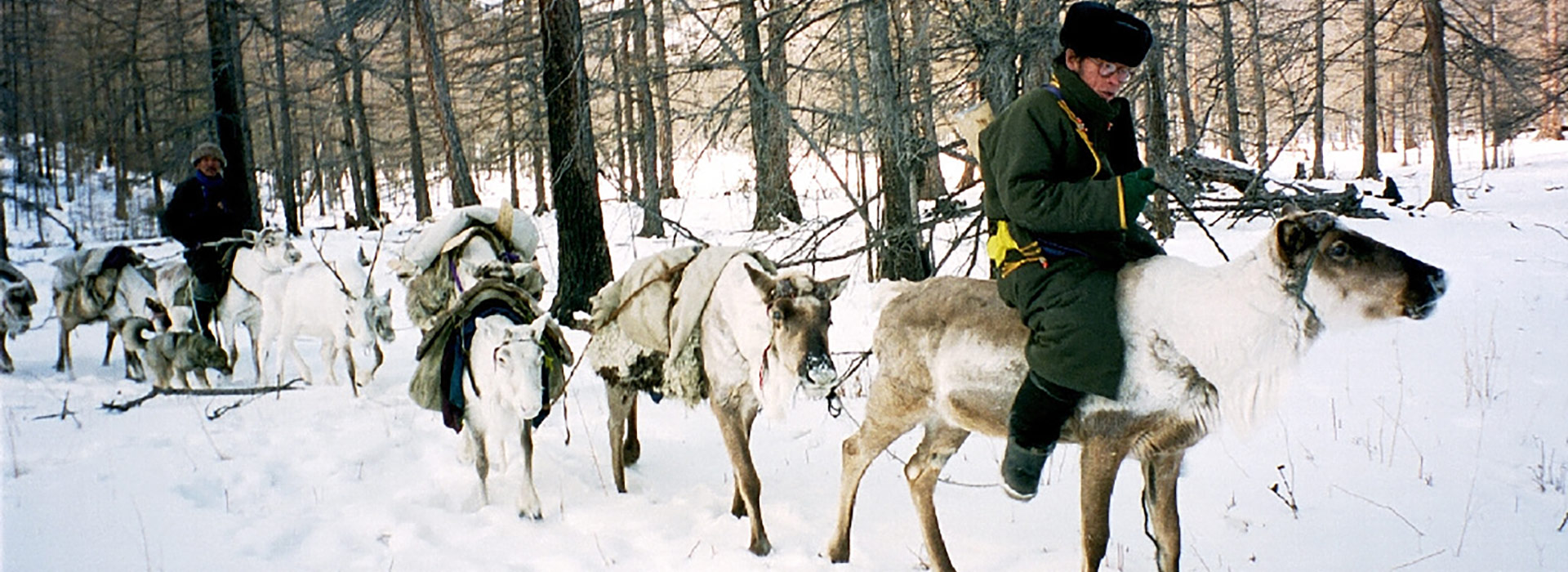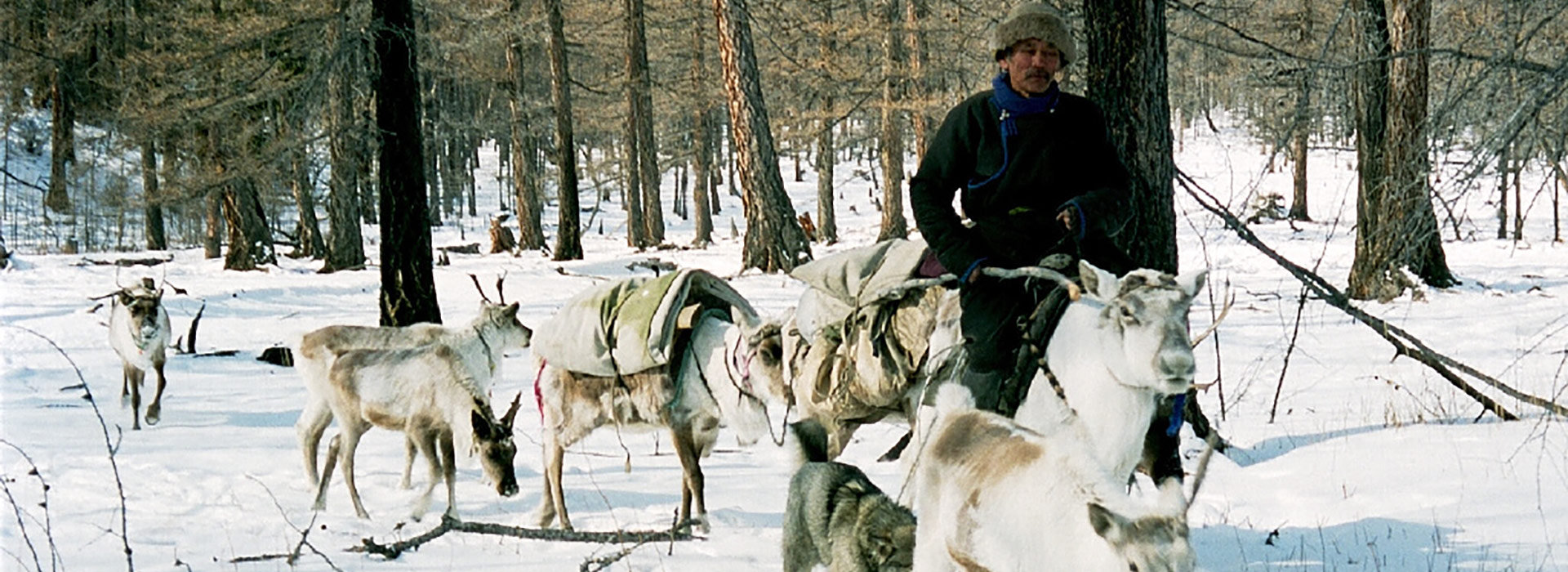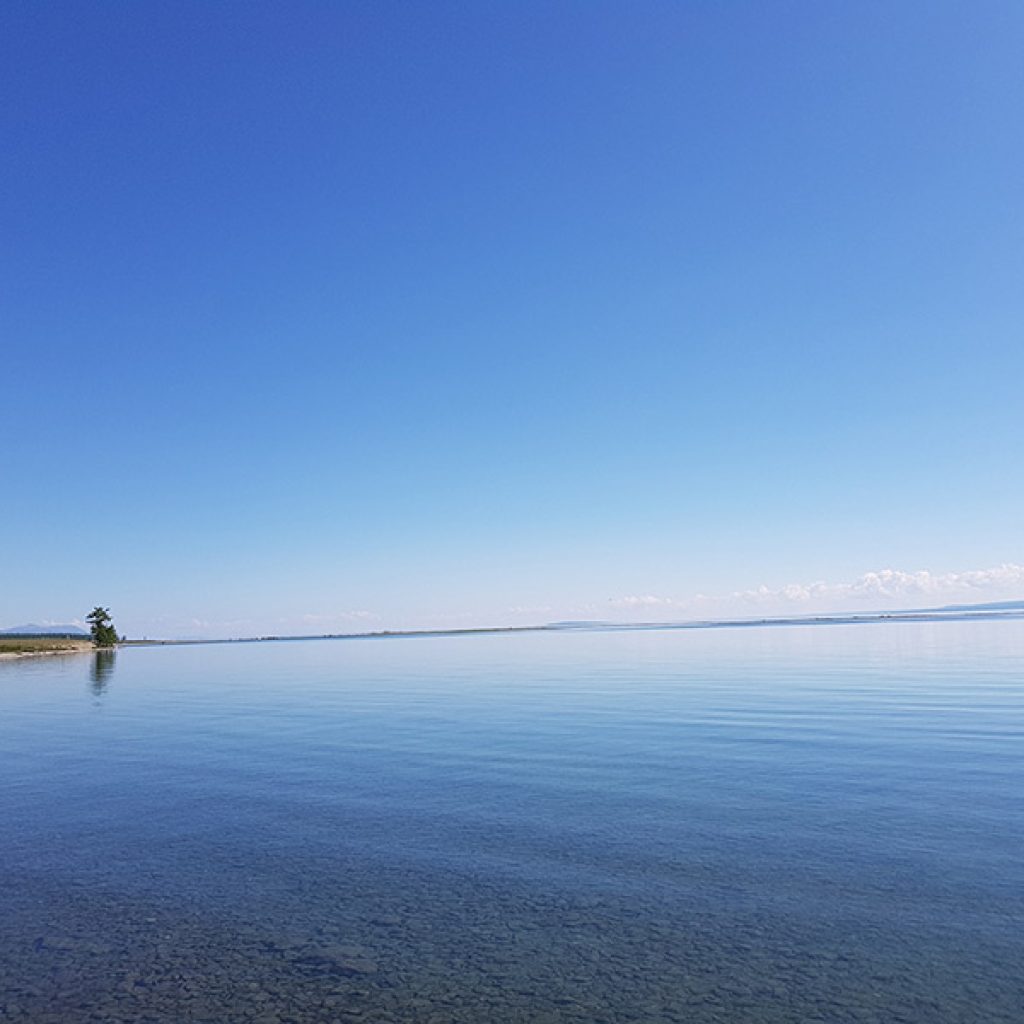Khuvsgul
Darhad Depression & Taiga
This fantastically beautiful place with some 200 lakes is the lake district of Mongolia at lower altitude than Lake Khuvsgul. The lakes are surrounded by steppes, along with deep Taiga forests bordering Siberia (Sayan Mountains) and Tuva.
A remarkable nomadic people called the Dukha (Tsataan by outsiders). They are reindeer breeding nomads. They live in summer in the high taiga forest zones – approx 2000 meters above sea level – in the East Sayan Mountains along the Russian/Mongolian border with Tuva. In the winter they come down to the valleys.
They are reindeer herdsmen. They also hunt sable for their valued furs. There are just 500 Tsaatan people. They have animistic beliefs. Shamanism has survived to this day in the northern areas of Khuvsgul province. They speak a completely different language, which essentially is the Tuvan Urianhai, hence a Turkic language. They live in dwellings called ortz, which resemble tepees or Lapp tents. Superficially they seem related to the Scandinavian Lapps (Saami people) and other circumpolar peoples. The Dukha are the southernmost indigenous people herding reindeer. They do not traditionally keep reindeer for meat and pelts, as other circumpolar reindeer herding peoples. Rather they use their reindeer for transport and milk. The Mongolian reindeer is bigger in size compared to the Scandinavian equivalents.
The Darhad, a Mongol speaking ethnic group, also live by herding reindeer, but they also engage in other traditional Mongolian activities.
How to travel there:
Nomadic Journeys have had a policy not to visit the Dukha during the intensive summer season, as it has been difficult to be confident that tourism can truly benefit the core livelihoods of the Dukha.
The region is accessed by a flight to Moron and then a two day drive by jeep. You will need to bring tents and be totally self contained except for the services which might be sourced locally. It means travel time is six days to and from from Ulaanbaatar.
Related regions
What our guests say
Please check all reviews. Click on the button below. Thank you






